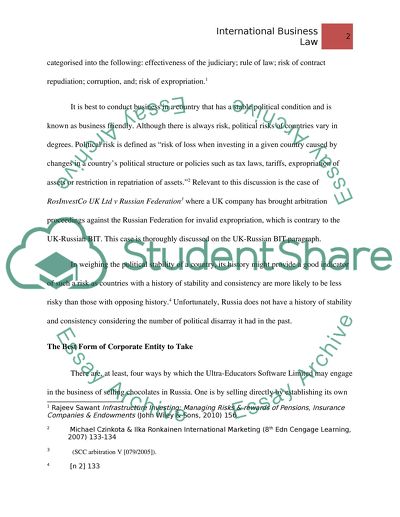Cite this document
(“INTERNATIONAL BUSINESS LAW Research Paper Example | Topics and Well Written Essays - 1750 words”, n.d.)
Retrieved from https://studentshare.org/family-consumer-science/1413175-international-business-law
Retrieved from https://studentshare.org/family-consumer-science/1413175-international-business-law
(INTERNATIONAL BUSINESS LAW Research Paper Example | Topics and Well Written Essays - 1750 Words)
https://studentshare.org/family-consumer-science/1413175-international-business-law.
https://studentshare.org/family-consumer-science/1413175-international-business-law.
“INTERNATIONAL BUSINESS LAW Research Paper Example | Topics and Well Written Essays - 1750 Words”, n.d. https://studentshare.org/family-consumer-science/1413175-international-business-law.


